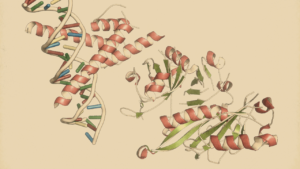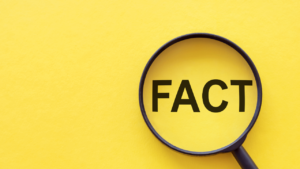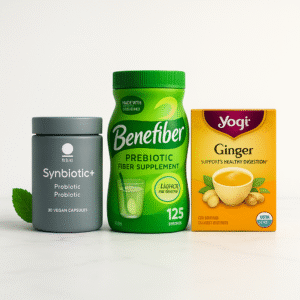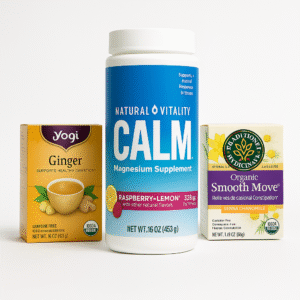The Best Stretches and Products for Low Back Pain Relief
Low back pain is a common ailment that affects many people at some point in their lives. It can be caused by a variety of factors such as poor posture, injury, or aging. However, one effective way to manage low back pain is through stretching
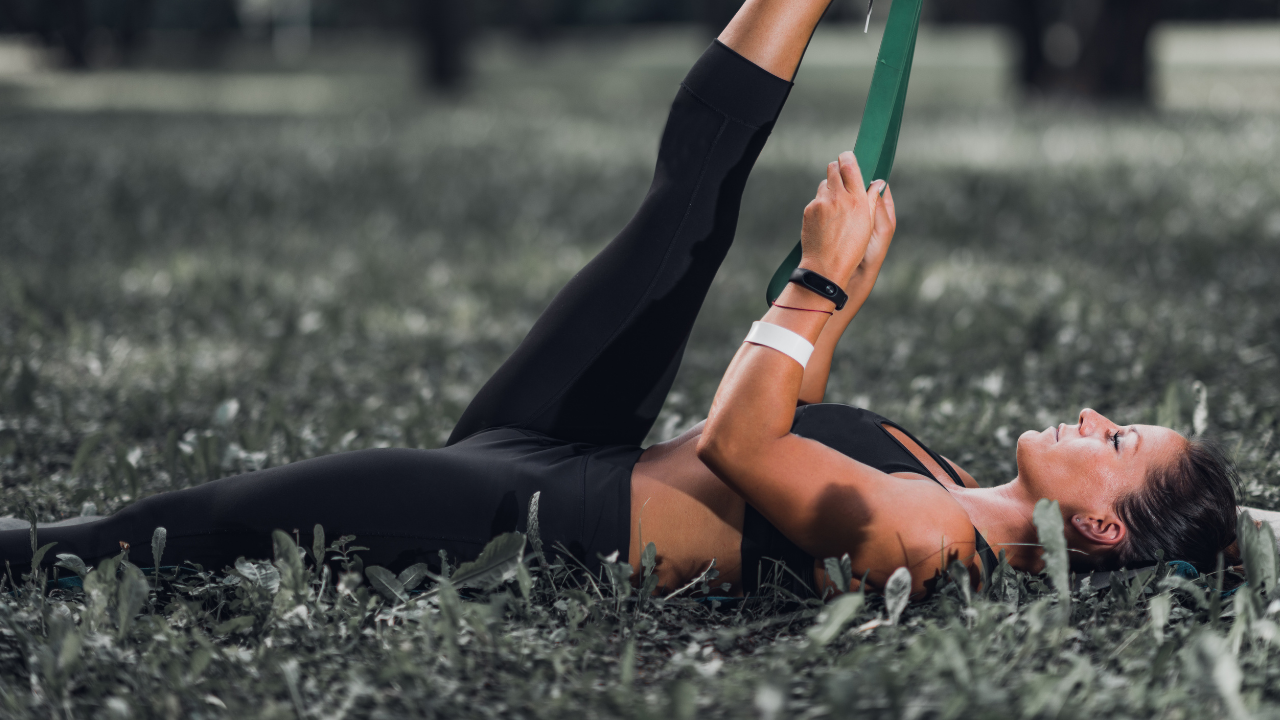
Low back pain is a common ailment that affects many people at some point in their lives ✅✅ ✅. It can be caused by a variety of factors such as poor posture, injury, or aging ✅✅. However, one effective way to manage low back pain is through stretching ✅✅.
In this article, we will explore the best stretches for low back pain relief, the duration of stretches, the risks of stretching for low back pain, when to stretch before or after exercise, and specific stretches to avoid if you have a herniated disc in your lower back.
Additionally, we will discuss several products that can aid in stretching for low back pain relief, including:
✔️ Foam rollers
✔️ Yoga mats
✔️ Stretching straps, and
Best Stretches for Low Back Pain
Stretching is a simple and effective way to alleviate low back pain ✅. Here are several stretches that have been found to be particularly effective:
➊ Knee-to-chest stretch
- Lie on your back with your knees bent and feet flat on the ground
- Bring one knee to your chest and hold it there with both hands
- Hold for 20-30 seconds, then switch sides
- Benefits: stretches the muscles of the lower back, hips, and thighs
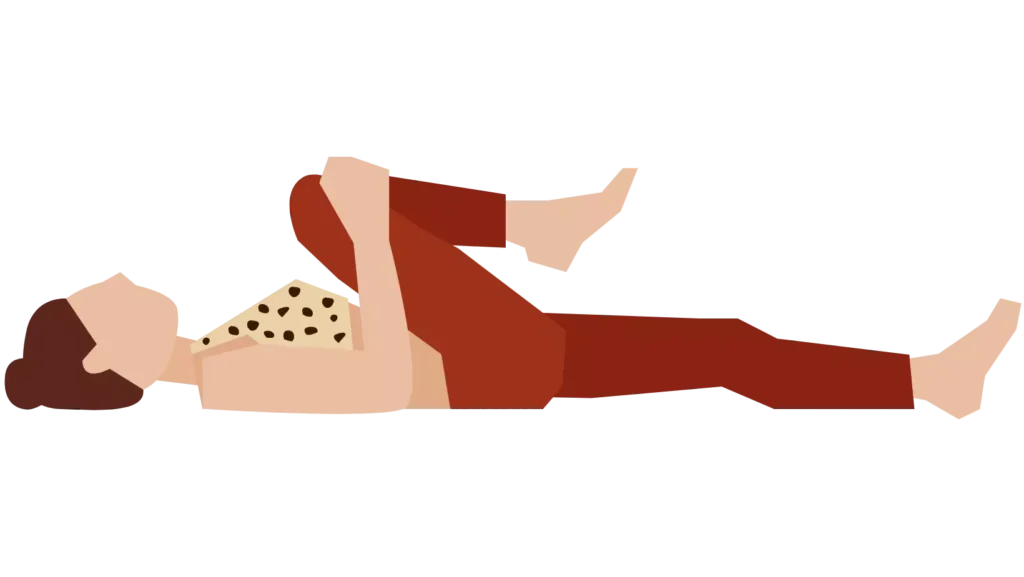
➋ Cat-cow stretch
- Begin on your hands and knees, with your hands directly under your shoulders and knees under your hips
- Inhale and arch your back, dropping your belly towards the ground and lifting your head and tailbone
- Exhale and round your spine towards the ceiling, tucking your chin to your chest
- Repeat for several breaths
- Benefits: improves spinal mobility and flexibility, releases tension in the back muscles
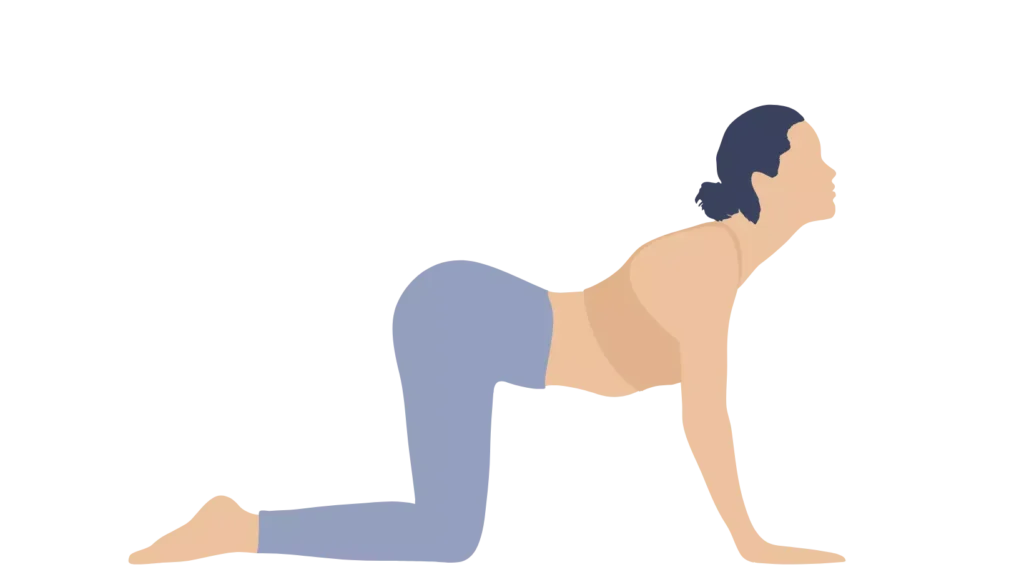
➌ Cobra stretch
- Lie on your stomach with your hands under your shoulders and elbows close to your sides
- Inhale and lift your chest off the ground, using your back muscles
- Hold for 15-30 seconds, then lower back down
- Benefits: strengthens the muscles of the back and spine, improves posture
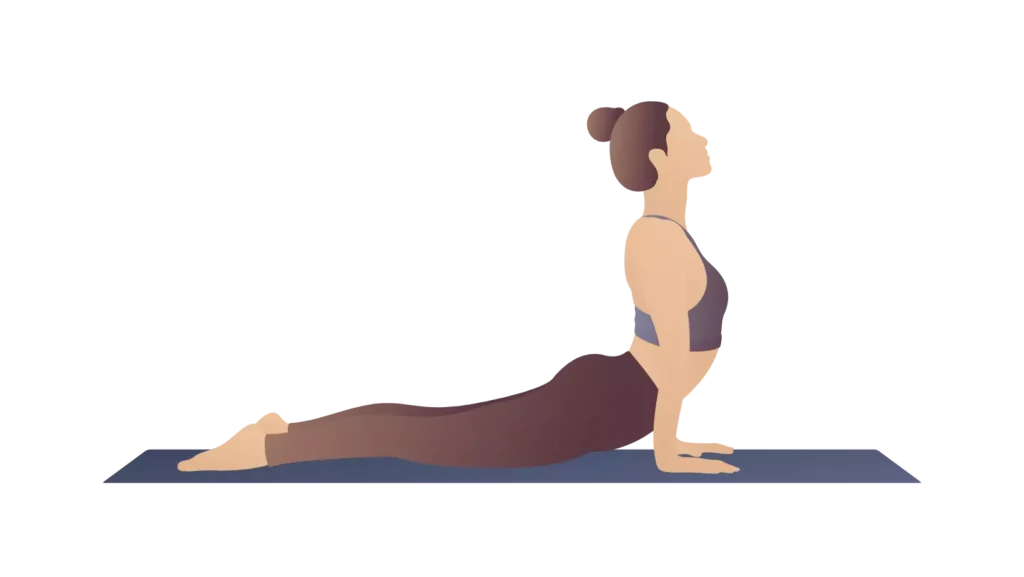
➍ Child's pose
- Begin on your hands and knees, then sit back on your heels with your arms stretched out in front of you
- Hold for 30 seconds to 1 minute
- Benefits: stretches the hips, thighs, and ankles, releases tension in the back and neck muscles
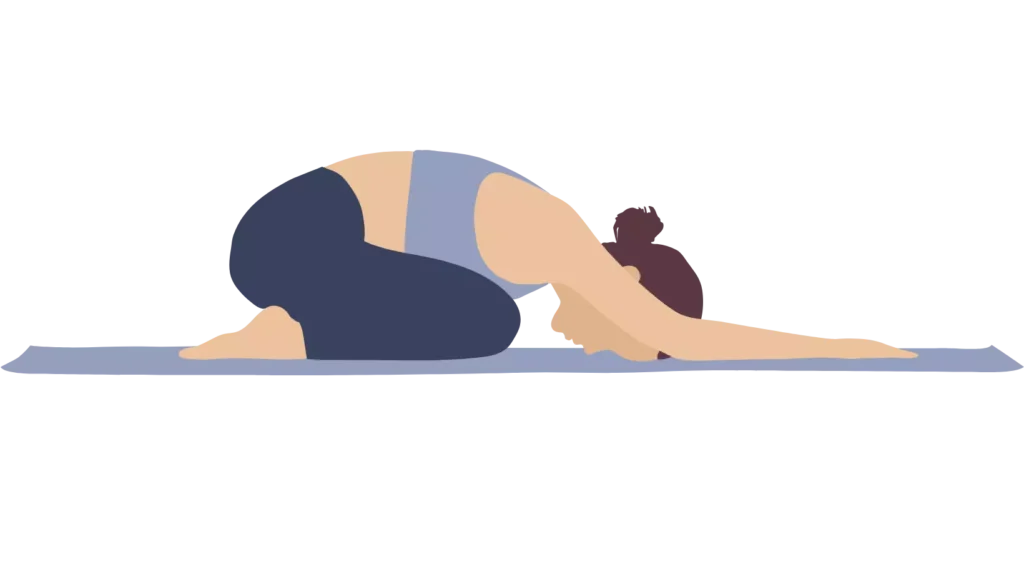
Incorporating these stretches into your daily routine can help alleviate low back pain and improve your overall mobility and flexibility.
Gaiam Restore Marbled Foam Roller:
- Best feature: Aesthetic design
- This foam roller features a marbled design, adding an aesthetic touch to a functional fitness tool.

Duration of Stretches
The duration of each stretch is an important factor in its effectiveness for low back pain relief. Experts recommend holding each stretch for 20-30 seconds ✅✅ and repeating 2-3 times on each side.
Elderly women experienced similar results from a single 60-second static stretch of their lower body and trunk muscles as they did from performing two 30-second or four 15-second stretches ✅.
Holding a stretch for too short of a time may not provide sufficient benefit to the muscles while holding a stretch for too long can result in muscle fatigue or even injury. It's important to find a balance between challenging the muscles and avoiding overexertion ✅.
Listen to your body and adjust the duration of stretches as needed.
Risks of Stretching for Low Back Pain
One concern is that stretching may actually worsen low back pain, especially if done improperly or without proper preparation ✅.
The shear modulus of the gastrocnemius muscle belly decreased by 14% due to static stretching exercise ✅.
To avoid this, it's important to warm up the muscles before stretching and to start with gentle stretches that do not cause pain.
In some cases, stretching may not be appropriate for low back pain. This may be the case if you have a spinal fracture, severe arthritis, or a herniated disc. In these situations, other forms of treatment may be more effective and less risky.
Stretching Before or After Exercise
It's important to avoid static stretches before exercise, as these can actually decrease muscle strength and performance✅✅. Instead, focus on dynamic stretches, which involve movement and can help to warm up the muscles.
Stretching after exercise can help to improve flexibility and range of motion, as well as reduce muscle soreness and stiffness ✅. It can also help to promote relaxation and reduce stress. However, it's important to avoid overstretching after exercise, as the muscles may be fatigued and more prone to injury.
When it comes to low back pain, stretching can be effective both before and after exercise ✅.
It has been observed that stretching before or after exercising does not alleviate the muscle soreness that occurs after a period of time ✅.
✔️Best feature: Textured surface for enhanced grip
✔️Made from eco-friendly rubber
- Size: Medium
- Texture: Textured
- Material: Foam
- Shape: Round
- Firmness: Semi-firm

Specific Stretches to Avoid with a Herniated Disc
A herniated disc occurs when the gel-like material inside the spinal disc bulges or ruptures, putting pressure on nearby nerves and causing pain. This condition can cause low back pain and other symptoms, and certain stretches may exacerbate the pain ✅✅.
Stretches that involve bending or twisting the spine, such as toe touches and seated spinal twists, can put additional pressure on the spinal discs and aggravate a herniated disc. Similarly, stretches that involve lifting the legs or hips, such as the bridge pose in yoga, may also be problematic.
Individuals with a herniated disc should avoid these stretches and instead focus on safer alternatives, such as gentle pelvic tilts, cat-cow stretches, and knee-to-chest stretches. These stretches can help to improve flexibility and reduce low back pain without putting additional stress on the spinal discs.
Products to Aid in Stretching for Low Back Pain
There are several products that can be used to aid in stretching for low back pain relief, including foam rollers, yoga mats, stretching straps, and massage balls.
✔️ Foam rollers can be used to apply pressure to specific areas of the back, helping to release tension and alleviate pain. By rolling the foam roller along the length of the back, individuals can apply targeted pressure to trigger points and help to improve flexibility.
✔️ Yoga mats provide a comfortable surface for stretching and can help to prevent slipping or sliding during stretching exercises. They are also useful for yoga poses, which can help to improve flexibility and strengthen the muscles of the back.
✔️ Stretching straps can be used to assist with stretching exercises and to increase flexibility. They are particularly useful for individuals who have difficulty reaching certain positions on their own.
✔️ Massage balls can be used to target specific areas of tension in the back, helping to alleviate pain and improve flexibility. By applying pressure to these areas with a massage ball, individuals can help to release knots and tightness in the muscles.
Incorporating these products into a stretching routine can help to enhance the benefits of stretching for low back pain relief.
Made of high-quality rubber, features multiple loops for various stretches, and comes with a carrying bag for easy transport and storage.

The Bottom Line
Low back pain can be a debilitating condition that can greatly impact one's quality of life. Stretching has been shown to be an effective way to alleviate low back pain and improve flexibility.
It is recommended to hold each stretch for at least 30 seconds to obtain the full benefit and to stretch after exercise when the muscles are warm. Individuals with a herniated disc should avoid certain stretches that may cause further pain and seek alternative stretches.
Finally, we have discussed various products that can aid in stretching for low back pain relief, including foam rollers, yoga mats, stretching straps, and massage balls.
By incorporating these products and stretches into a regular routine, individuals can reduce low back pain and improve overall physical health. We encourage readers to try the stretches and products discussed in this article and to consult with a healthcare professional if experiencing persistent low back pain.
Frequently Asked Questions
What are some non-pharmacologic treatments for low back pain relief?
What are some exercises that can help with low back pain?
How can ice help with low back pain?
Can chiropractors help with low back pain?
References
Fitnature uses only high-quality sources, including peer-reviewed studies, to support the facts within our articles. Read our editorial process to learn more about how we fact-check and keep our content accurate, reliable, and trustworthy.
- Adebajo, Ade, and Lisa Dunkley. ABC of Rheumatology, 5th Edition. 2018, https://www.wiley.com/en-us/ABC+of+Rheumatology%2C+5th+Edition-p-9781118793213. Accessed 9 May 2023.
- Afonso, José, et al. “The Effectiveness of Post-Exercise Stretching in Short-Term and Delayed Recovery of Strength, Range of Motion and Delayed Onset Muscle Soreness: A Systematic Review and Meta-Analysis of Randomized Controlled Trials.” Frontiers in Physiology, vol. 12, May 2021, p. 677581, https://doi.org/10.3389/fphys.2021.677581.
- Bandy, W. D., et al. “The Effect of Time and Frequency of Static Stretching on Flexibility of the Hamstring Muscles – PubMed.” Physical Therapy, vol. 77, no. 10, Oct. 1997, https://doi.org/10.1093/ptj/77.10.1090.
- Baxter, Claire, et al. “Impact of Stretching on the Performance and Injury Risk of Long-Distance Runners – PubMed.” Research in Sports Medicine (Print), vol. 25, no. 1, Mar. 2017, https://doi.org/10.1080/15438627.2016.1258640.
- Costa, Bruno R. da, and Edgar Ramos Vieira. “Stretching to Reduce Work-Related Musculoskeletal Disorders: A Systematic Review – PubMed.” Journal of Rehabilitation Medicine, vol. 40, no. 5, May 2008, https://doi.org/10.2340/16501977-0204.
- Hartvigsen, Jan, et al. “Back Pain Remains a Common Symptom in Old Age. a Population-Based Study of 4486 Danish Twins Aged 70-102.” European Spine Journal : Official Publication of the European Spine Society, the European Spinal Deformity Society, and the European Section of the Cervical Spine Research Society, vol. 12, no. 5, Oct. 2003, pp. 528–34, https://doi.org/10.1007/s00586-003-0542-y.
- Henschke, Nicholas, and C. Christine Lin. “Stretching before or after Exercise Does Not Reduce Delayed-Onset Muscle Soreness – PubMed.” British Journal of Sports Medicine, vol. 45, no. 15, Dec. 2011, https://doi.org/10.1136/bjsports-2011-090599.
- Herbert, Robert D., et al. “Stretching to Prevent or Reduce Muscle Soreness after Exercise – PubMed.” The Cochrane Database of Systematic Reviews, no. 7, July 2011, https://doi.org/10.1002/14651858.CD004577.pub3.
- Hoy, Damian, et al. “A Systematic Review of the Global Prevalence of Low Back Pain – PubMed.” Arthritis and Rheumatism, vol. 64, no. 6, June 2012, https://doi.org/10.1002/art.34347.
- Huang, Weimin, et al. “Risk Factors for Recurrent Lumbar Disc Herniation: A Systematic Review and Meta-Analysis.” Medicine, vol. 95, no. 2, Jan. 2016, p. e2378, https://doi.org/10.1097/MD.0000000000002378.
- Javadipour, Zeynab, et al. “The Effects of Combining Core Stability with Stretching Exercises on Pain Intensity and Motor Function in People with Chronic Nonspecific Low Back Pain with and without Hyperlordosis.” Annals of Applied Sport Science, vol. 9, no. 2, Oct. 2021, pp. 0–0, https://doi.org/10.52547/aassjournal.908.
- Kay, Anthony D., and Anthony J. Blazevich. “Effect of Acute Static Stretch on Maximal Muscle Performance: A Systematic Review – PubMed.” Medicine and Science in Sports and Exercise, vol. 44, no. 1, Jan. 2012, https://doi.org/10.1249/MSS.0b013e318225cb27.
- Knezevic, Nebojsa Nick, et al. “Low Back Pain.” The Lancet, vol. 398, no. 10294, July 2021, pp. 78–92, https://doi.org/10.1016/S0140-6736(21)00733-9.
- Knudson, Duane. “Program Stretching After Vigorous Physical Training.” Strength & Conditioning Journal, vol. 32, no. 6, Dec. 2010, pp. 55–57, https://doi.org/10.1519/ssc.0b013e3181fc9d99.
- Michaleff, Zoe A., et al. “Measuring Musculoskeletal Pain in Infants, Children, and Adolescents – PubMed.” The Journal of Orthopaedic and Sports Physical Therapy, vol. 47, no. 10, Oct. 2017, https://doi.org/10.2519/jospt.2017.7469.
- Nazeer, M., et al. “Low Back Pain in South Indians: Causative Factors and Preventive Measures.” Sch J App Med Sci, vol. 3, no. 1D, 2015, pp. 234–43.
- Pourahmadi, Mohammadreza, et al. “Effectiveness of Slump Stretching on Low Back Pain: A Systematic Review and Meta-Analysis – PubMed.” Pain Medicine (Malden, Mass.), vol. 20, no. 2, Feb. 2019, https://doi.org/10.1093/pm/pny208.
- Selvam, S., and M. S. Sundaram. Effect of Stretching and Strengthening on Low Back Pain among High Heels Using Young Females. 2020.
- Taniguchi, K., et al. “Acute Decrease in the Stiffness of Resting Muscle Belly Due to Static Stretching – PubMed.” Scandinavian Journal of Medicine & Science in Sports, vol. 25, no. 1, Feb. 2015, https://doi.org/10.1111/sms.12146.
- Zakas, Athanasios, et al. “Acute Effects of Stretching Duration on the Range of Motion of Elderly Women.” Journal of Bodywork and Movement Therapies, vol. 9, no. 4, Oct. 2005, pp. 270–76, https://doi.org/10.1016/j.jbmt.2004.10.006.
Review date not set.
How we reviewed this article:
Latest on:
